How Boxel Studio Used Beeble SwitchLight for AI-Powered Footage Relighting in Superman & Lois Season 4
By Hoon Kim | Beeble AI
At Boxel Studio, the fusion of technology and creativity is core to everything they do. As the film and television landscape rapidly evolved over the past two years, the team saw a clear opportunity: machine learning was no longer just a concept—it was becoming a key driver in transforming visual effects workflows.
Eager to stay ahead of the curve, Boxel invested heavily in research and development, exploring new tools that could elevate both quality and efficiency. One standout among these innovations was Beeble SwitchLight. From the first interaction, its potential was undeniable. The technology quickly became a powerful extension of Boxel’s compositing toolkit, redefining how they approached footage virtualization and advanced relighting across complex sequences.
We had the privilege of seating with Andres Reyes Botello and Freddy Chavez Olmos to talk more about this technology and its impacts at Boxel.
// BACKGROUND
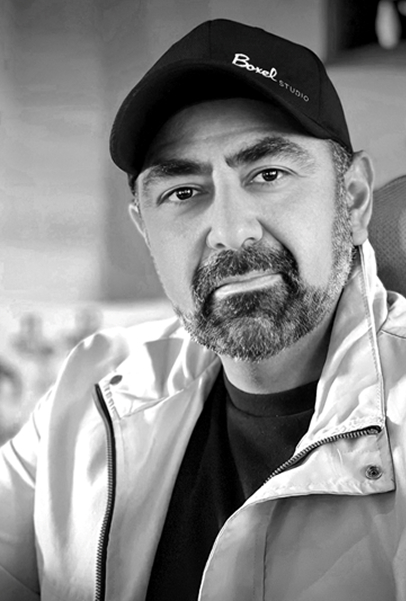
Andrés Reyes Botello:
Founder/ Head of Studio
I oversee both the creative vision and production execution across our VFX and animation divisions. My role involves ensuring that we deliver high-quality work on time and on budget, while maintaining strong alignment with our clients throughout the process.
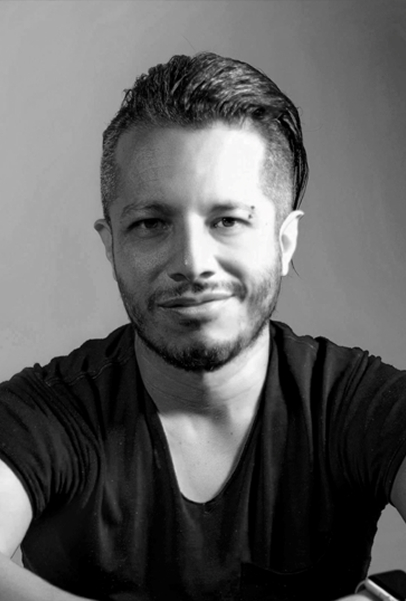
Freddy Chavez Olmos:
Creative Director for Innovation & Artificial Intelligence
My focus is on researching, evaluating, and implementing new technologies that enhance our VFX and animation pipelines. I work closely with our artists and technical teams to make sure these tools are integrated in ways that are both creative and practical.
Q: What’s your history in the VFX industry?
Andrés:
Freddy:
I’ve been in the VFX industry for over 15 years. I began my career as a VFX compositor and gradually moved into supervision roles, working on blockbuster films and high-end television series. What’s always driven me is the intersection between visual storytelling and emerging technology — finding ways to push the craft forward while staying grounded in narrative. That’s exactly what I focus on now at Boxel through our AI and Innovation division: identifying and implementing tools that meaningfully enhance our creative workflows.
Andrés:
On Superman & Lois, Boxel was brought on to handle a wide range of visual effects — from full CG environments, digital doubles, and creature animation to FX like energy blasts, destruction, environmental augmentation, and final compositing.
We had the privilege of working closely with the producers and showrunners, which allowed us to align creatively and contribute to what I believe is one of the most compelling portrayals of Superman on television in recent years.
Q: Have you used Beeble in any other projects?
Freddy:
// VFX CREATIVE WORKFLOW WITH BEEBLE SWITCHLIGHT
Freddy:
When we introduced the tool internally to our comp supervisor, Enrique Sandoval, we realized that SwitchLight was essentially performing what we call “footage virtualization.” It generates AOV-like passes — normals, albedo, specular, and roughness — directly from the live-action plate. That allowed our artists to relight scenes interactively inside Nuke without needing CG geo or digi-doubles. Once we saw how powerful and flexible that could be, we knew it had potential to completely change how we approached certain shots.
Original Plate
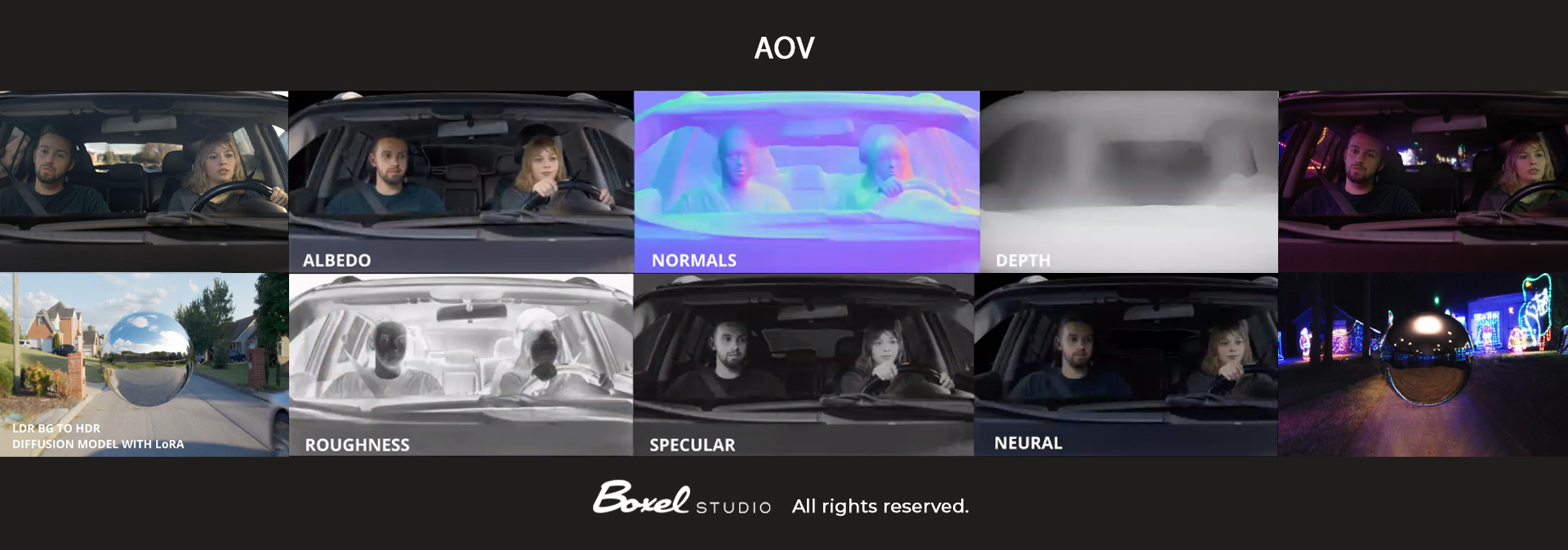
Andrés:
Exactly! Understanding the amount of labor that typically goes into integrating 3D elements — from camera tracking to geo-tracking just to get interactive lighting FX — this kind of task would’ve made the added work almost prohibitive in both cost and time. But when that first SwitchLight test came through and we saw the quality and speed of execution, it was a no-brainer. It gave us a clear path to elevate the visual look of the show without impacting the schedule.
Q: How did the team react to this innovation?
Andrés:
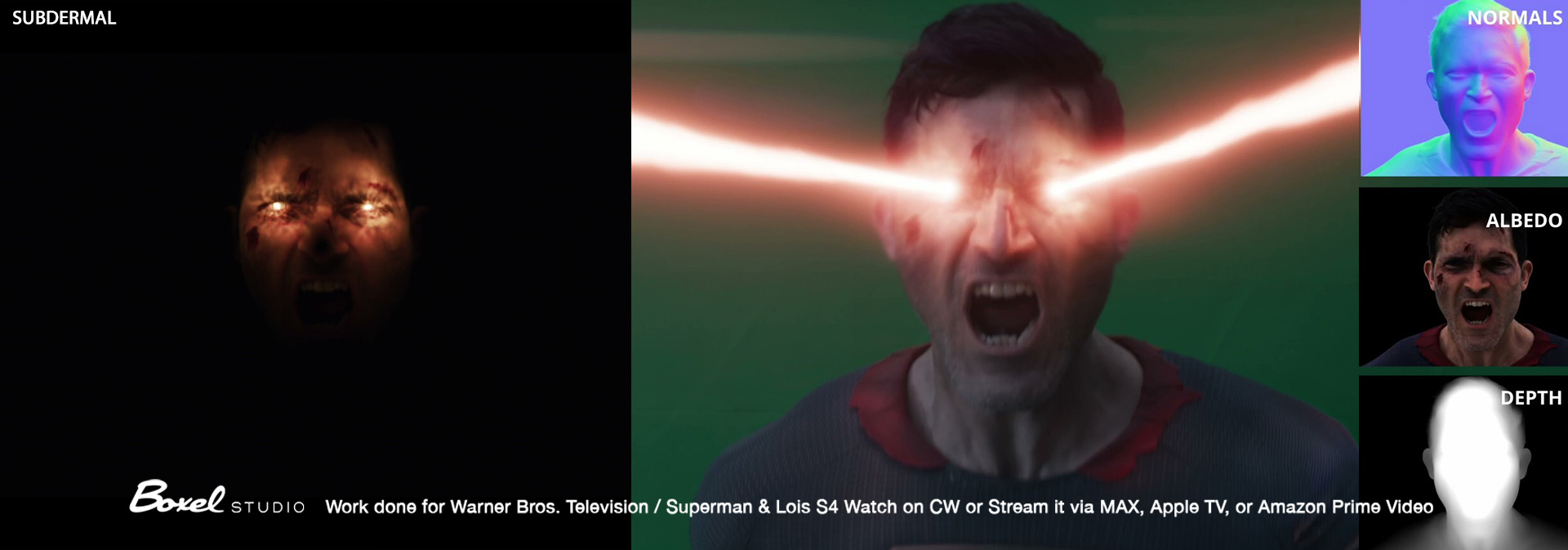
Freddy:
And from the artists’ perspective, it was a game-changer. Suddenly our compositing team had direct creative control over lighting — without going back to rendering or requiring additional passes. It really helped tighten the feedback loop and empowered the team to iterate faster and more freely.
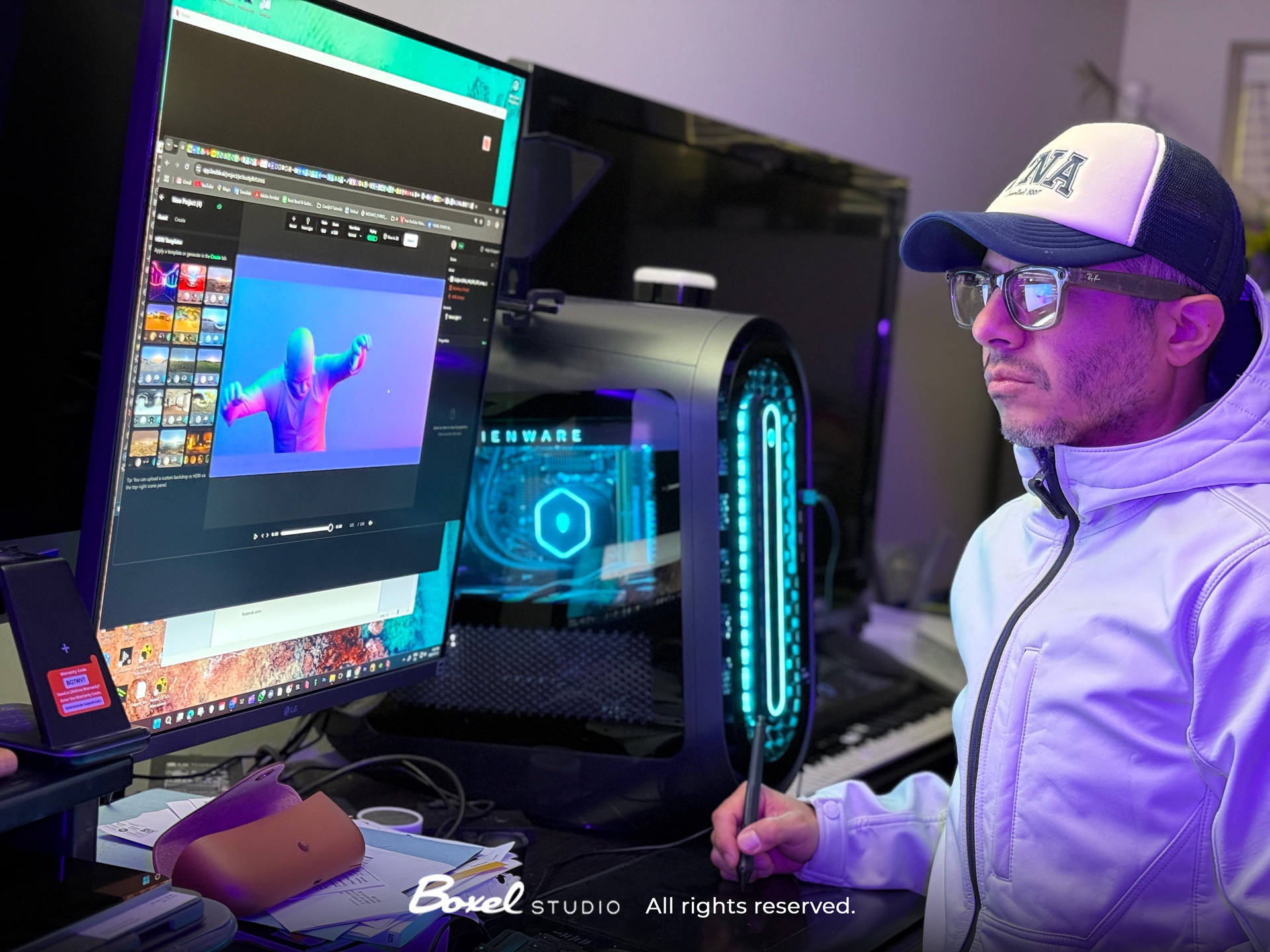
Q: What challenges did this help solve?
Andrés:
Freddy:
It also solved a creative constraint. Without the pressure of long render cycles or complicated 3D setups, our team could really explore lighting as a narrative tool — not just a technical task. And that made a big difference in the emotional tone and polish of many of the shots we delivered.
// BOXEL & BEEBLE SWITCHLIGHT
Freddy:
Andrés:
Freddy brought SwitchLight to our attention, and we immediately saw the promise. We reached out to Hoon, who was incredibly open and receptive. That led to deeper conversations about tailoring the tool for production-level VFX workflows. At SIGGRAPH 2023 in LA, we had the chance to meet Hoon in person, and that was really the start of a great relationship between Beeble and Boxel.
Q: When did you start using it and why?
Freddy:
Right after I joined Boxel Studio in 2023, SwitchLight became one of the first tools I helped integrate into our pipeline. We began beta testing new features and doing focused R&D to understand its broader applications. It quickly proved itself as a powerful way to give compositors more control, particularly when working with live-action plates that require footage object masking.
Andrés:
As Freddy mentioned, once we understood its potential, SwitchLight became one of the first machine learning–assisted tools we used in real production. Initially, it was incredibly effective for green screen driving comps. Since then, it’s become a go-to solution for a much broader range of compositing work thanks to its advanced footage virtualization capabilities.
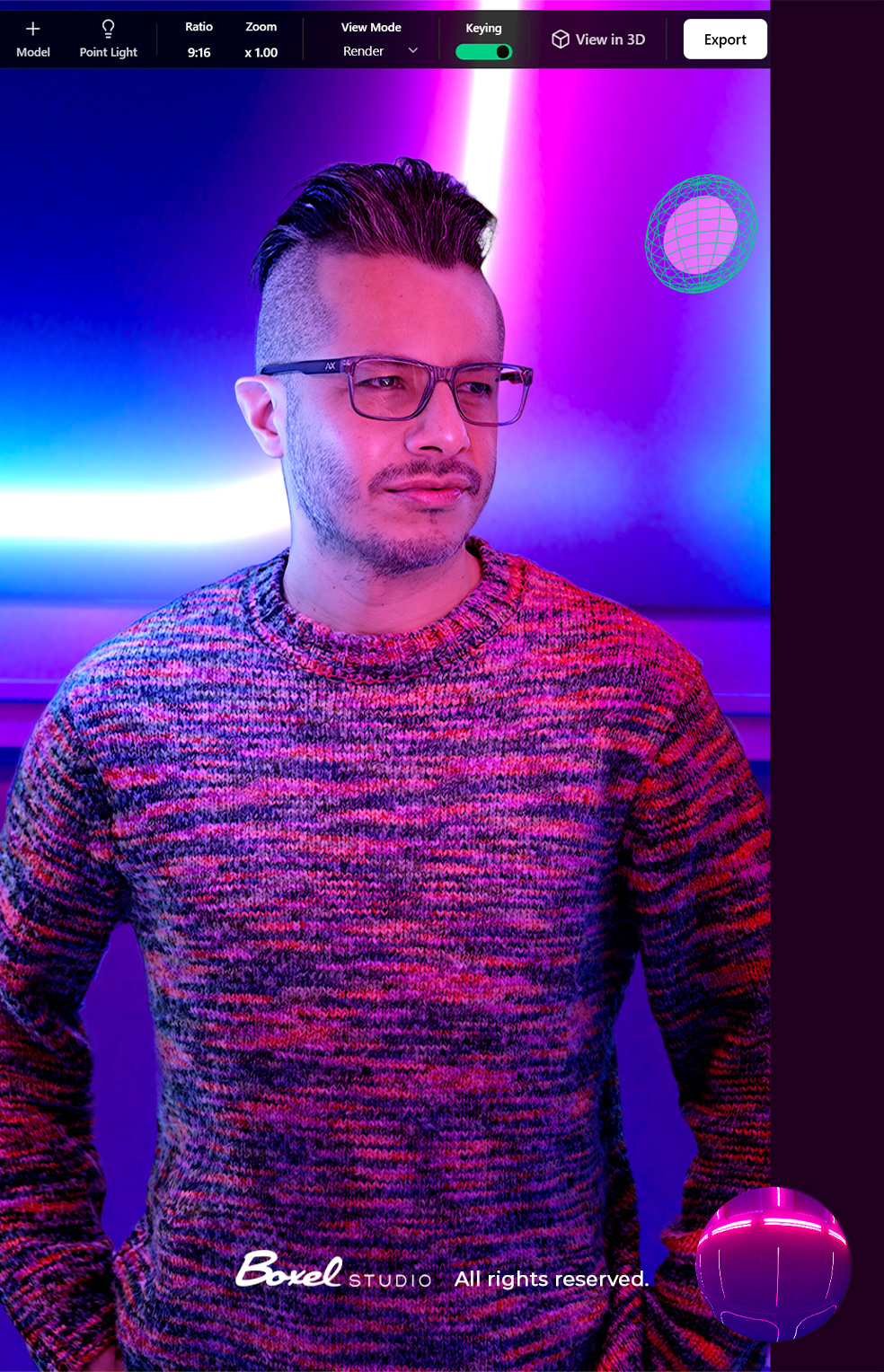
Q: What are the main uses of SwitchLight at Boxel?
Freddy:
A significant part of our work involves compositing characters shot on green screen into CG environments or matte-painted backgrounds. SwitchLight gives our artists the power to relight those characters directly in comp, eliminating the need to go back to 3D for minor lighting adjustments. It’s a game-changer in terms of efficiency and creative control.
Andrés:
As we’ve mentioned, SwitchLight has become a core part of our compositing toolkit. Today, we’re using it not just for green screen integration, but for tasks that involve complex footage manipulation, interactive lighting FX, and even subtle work that requires complex masking. It’s allowed us to solve creative challenges in ways that weren’t feasible before.
Q: Have you tried SwitchLight 2.0? If so, how did you find it?
Freddy:
Yes, we’ve been actively evaluating and integrating SwitchLight 2.0 into our pipeline. The improvements in AOV generation, UI responsiveness, and overall usability have made it even more artist-friendly.
Andrés:
And what’s been truly valuable is the openness of Hoon and the Beeble team. They’ve built a genuine collaboration with us. We’re constantly giving feedback, and they actually listen and implement. That level of responsiveness has not only made the tool better, but has made using it a great experience.
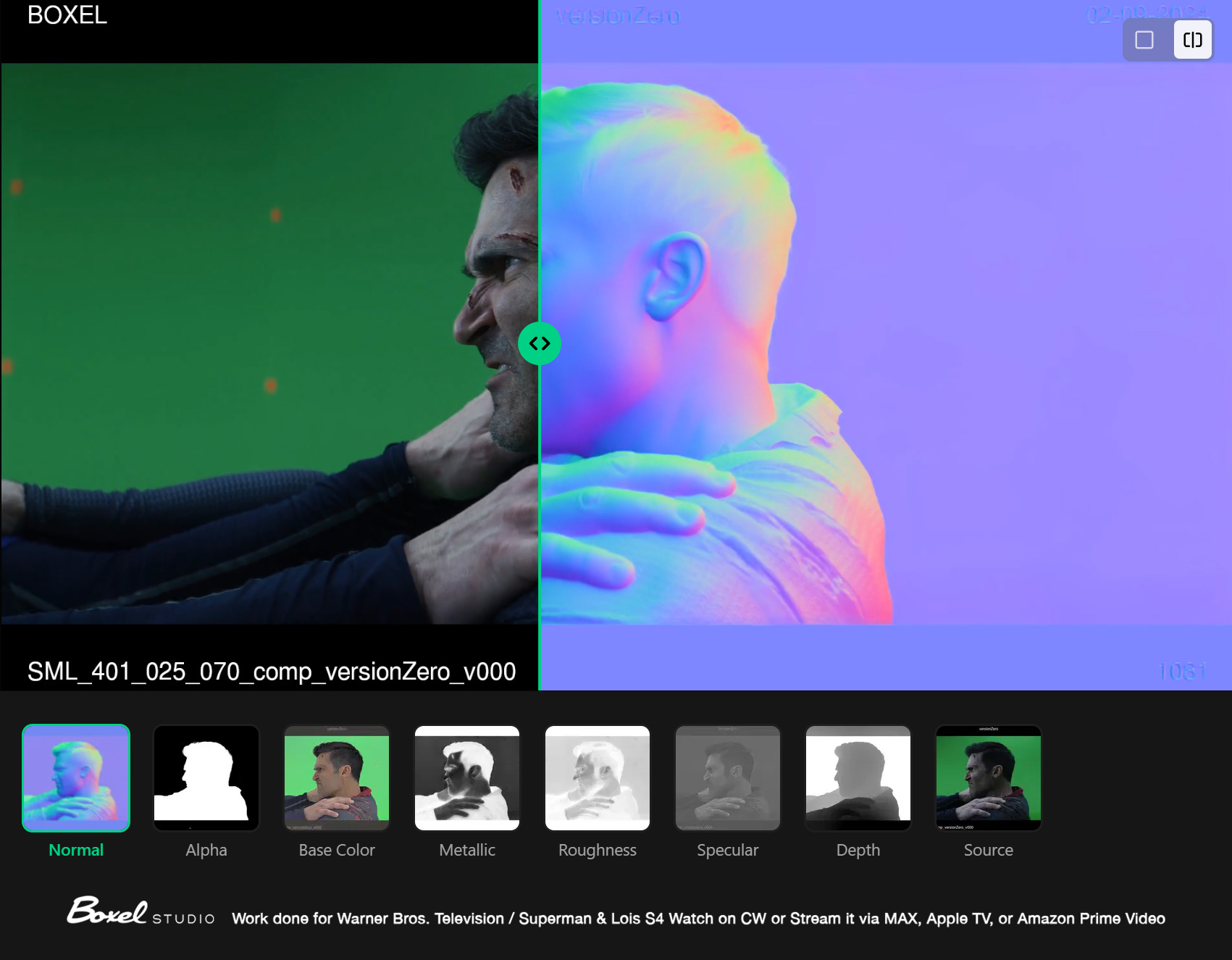
Q: Are you using Beeble on future projects?
Freddy:
We’re excited to already be using Beeble across multiple upcoming TV, film, and animated projects currently in production.
Andrés:
It's part of our standard compositing workflow now. Whether we're working on a superhero show, a drama, or a hybrid stylized CG/live-action show, Beeble has become one of the tools our team relies on daily.
